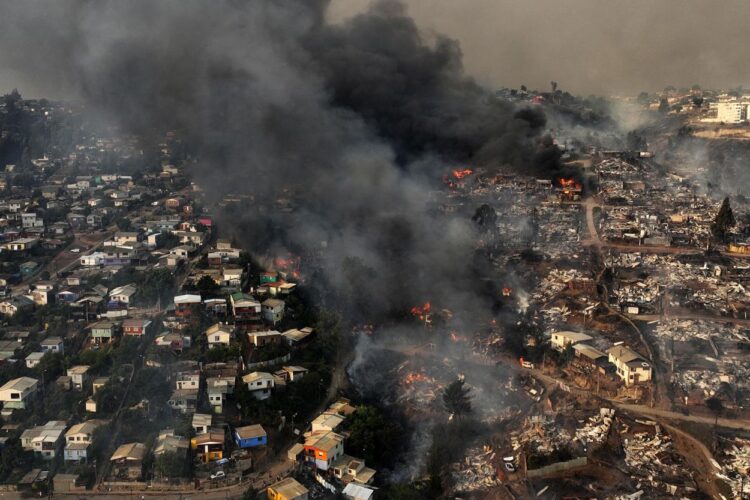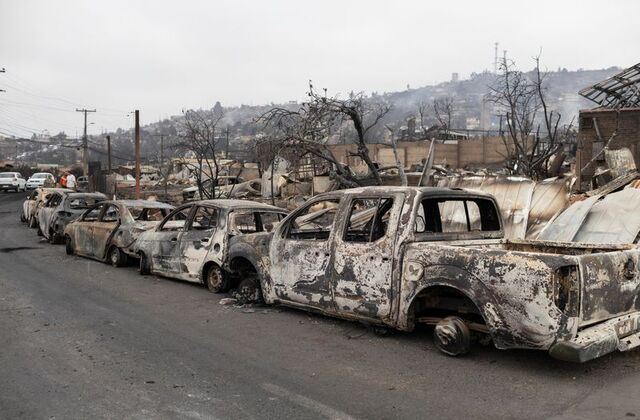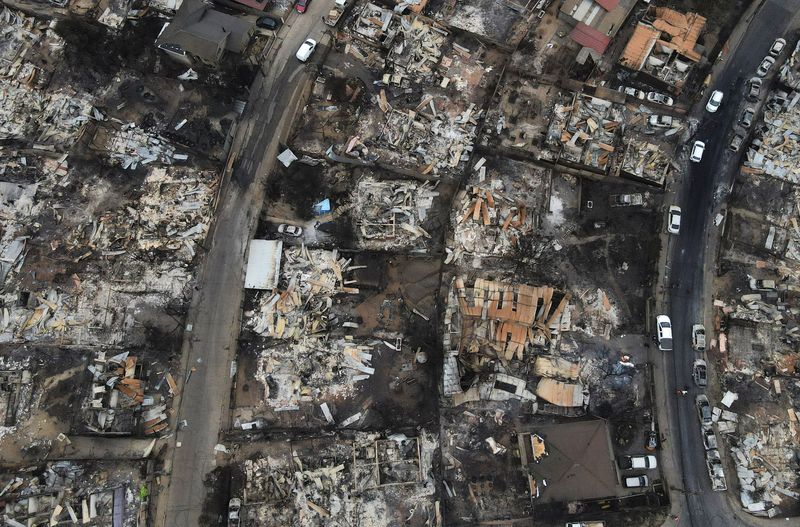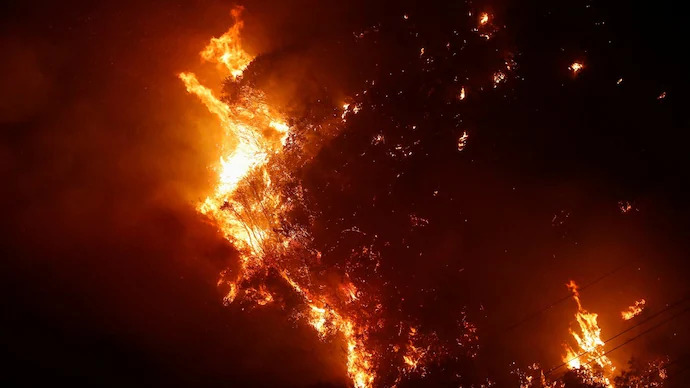
Chile Wildfires 2024: What We Know So Far
Catastrophic Chile wildfires have killed more than 130 people as of today, and the death is warned to rise. These are likely the deadliest forest fires on record, according to the United Nations (U.N.) disaster agency. Devastating wildfires have mainly affected central and northern Chile, turning thousands of homes to ash.

Chile wildfires have burned above 71,000 acres since February 4, as reported by the U.N.’s ReliefWeb. Nearly 30,000 of these acres are located in Viña del Mar, the coastal city that sees massive tourists during a summer heat wave. Particularly, hellish fire has most affected eastern areas of the city, and the phenomenon continues to burn the city.
The indirect wildfire death toll is surprisingly higher.
The majority of statistics on the wildfire toll only count direct deaths. However, premature deaths caused by inhaling fire smoke are not included in these stats. From 1997-2006, an average of 339,000 premature deaths occurs annually worldwide only because of inhalation of wildfire smoke.
According to a 2016 study, the death toll from air pollution caused by the 2015 Indonesian wildfire reached above 100,000. Another 2023 study finds that in the United States, smoke from wildfires could result in between 4,000 and 9,000 premature deaths. Also, it costs the country between $36 and $82 billion per year.

El Niño
El Niño occurs due to unusually warm ocean temperatures in the Equatorial Pacific. It has important consequences for weather worldwide. Due to El Niño, summer in the area may experience maximum temperatures that are not normal for the season.
Also, as we have emerged from 2023, which remained the hottest year ever recorded, the warming effect of ongoing El Niño will intensify the heat during 2024. This will further result in unpleasant events caused by extreme weather, destroying livelihood.
El Niño takes place every two to seven years, and episodes usually last 9-12 months. Although this naturally occurring climate pattern is characterized by the ocean surface temperatures, it occurs in the context of a climate change induced by human activities.
Climate change made Chile’s wildfires hellish.

According to scientists, the main reason behind the deadly event is the hotter temperatures. Making things worse, strong summer winds caused the wildfires to spread so far and so quickly. Climatologist Raul Cordero says:
“What’s different this time is that the temperatures were much higher than before.”
The climatologist says that the region was going through a heat wave due to climate change and the El Nino phenomenon. The phenomenon occurs when unusually warm water temperatures off the Pacific coast of South America roil global weather patterns.
In addition, Chile has been suffering from a hellish drought for the last 15 years, which served as fuel for wildfire. The draught created vegetation that dried out fast and lost water content. This made it easy with high temperatures for this to catch fire.
As climate change worsens, the planet will experience extreme temperature more frequently and severely. So, events like Chile wildfires will become more common.



